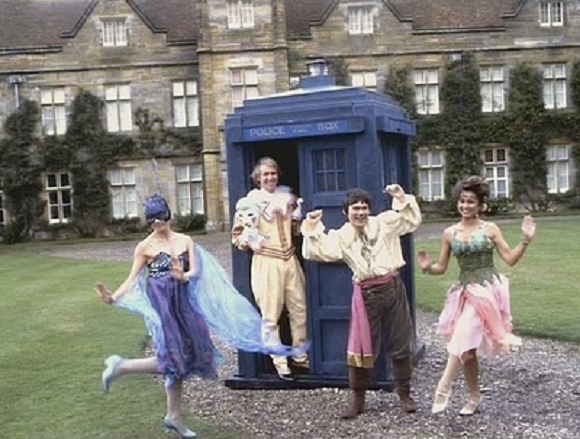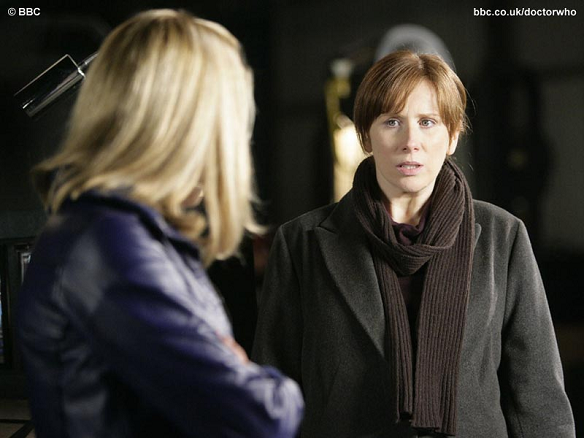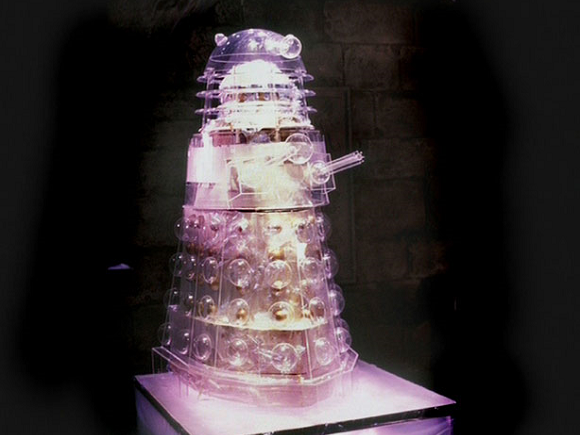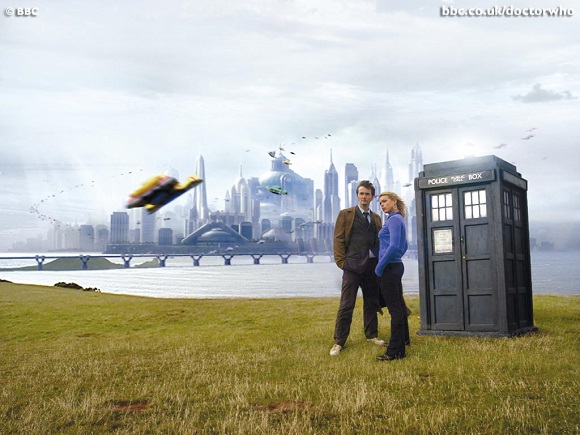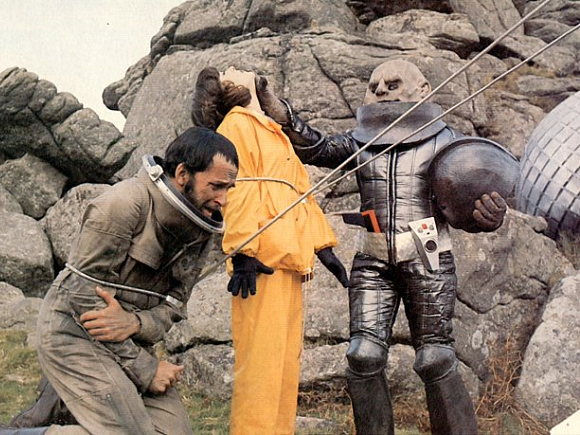 My first review based upon Target Novels, orphaned episodes, and soundtracks/reconstructions. However much I love his era I have to admit it, a couple of William Hartnell’s stories are slow and drag on a bit; but I wouldn’t say Galaxy 4 is one of them. The plot could possibly have been a little more developed and being made in 1965, the production isn’t amazing; but this story has some of the best morals I’ve ever seen in a Doctor Who story. For that, it’s very commendable.
My first review based upon Target Novels, orphaned episodes, and soundtracks/reconstructions. However much I love his era I have to admit it, a couple of William Hartnell’s stories are slow and drag on a bit; but I wouldn’t say Galaxy 4 is one of them. The plot could possibly have been a little more developed and being made in 1965, the production isn’t amazing; but this story has some of the best morals I’ve ever seen in a Doctor Who story. For that, it’s very commendable.
The main lesson we take away from this story is ‘don’t judge a book by its cover’. As cliché as you may expect it to be, the writer, William Emms, incorporates it into the story quite subtly using it as a plot twist rather than a primary school school rules talk.
The beauty of Galaxy 4 (and I realise it is the whole point of the story) is how Maaga, leader of the Drahvins, initially appears beautiful and under attack, despite how evil and spiteful she gets later in the story. Then there are the Rills; ugly, smelly monsters that you’d expect to be the bad guys, especially as they have robot slaves with guns, yet they turn out to be wise and peace-loving with nothing but wisdom and friendship to offer. It’s a nice twist on the traditional ‘damsel in distress, save me from the monsters’ kind of story.
The cliffhanger for the recently recovered third episode, ‘Airlock’, is pretty scary and certainly left me rather horrified and on the edge of my seat. Seeing Steven slump against the sides of the airlock as Maaga teased him from the safety of her spaceship was brutal and is almost like an early version of that cliffhanger from The Deadly Assassin. One of my other favourite bits from the recently recovered episode is when Vicki wrestles with a Drahvin to steal her gun. Vicki and Steven are rather underrated companions in my opinion and made quite a team together with the First Doctor.
While it’s not the best story ever made, I don’t see what’s so wrong with it. It’s often rated fairly low in the polls, and even slumped in the recent Doctor Who Magazine Poll despite a recovered episode. It’s even quite dark in places if you think about it, the whole Drahvin society is centred around unethical actions. The production isn’t amazing though, I get that, but I believe that the story has a strong enough plot to make it enjoyable. Although, let’s be honest, anything with Old Bill is enjoyable (oh, and an exploding planet is actually pretty cool)!




